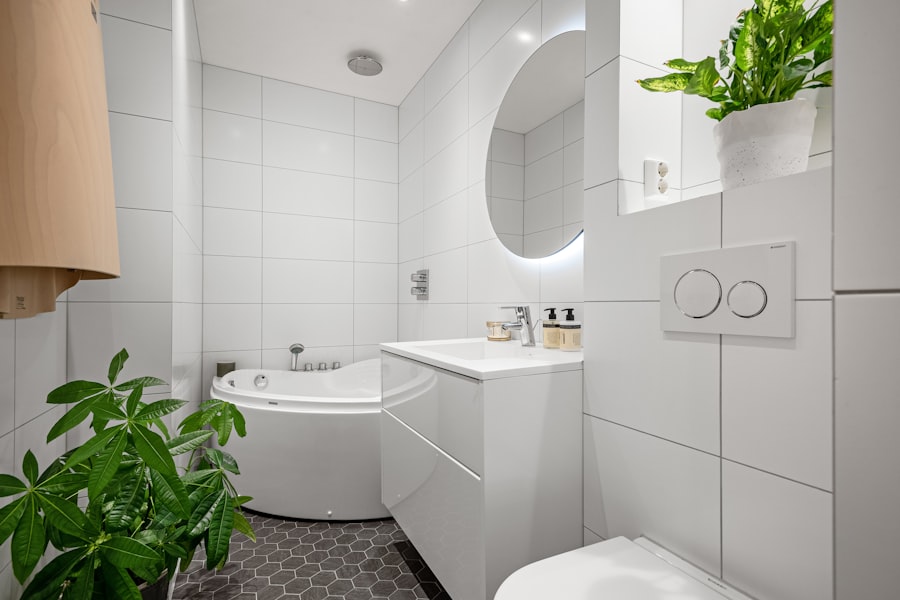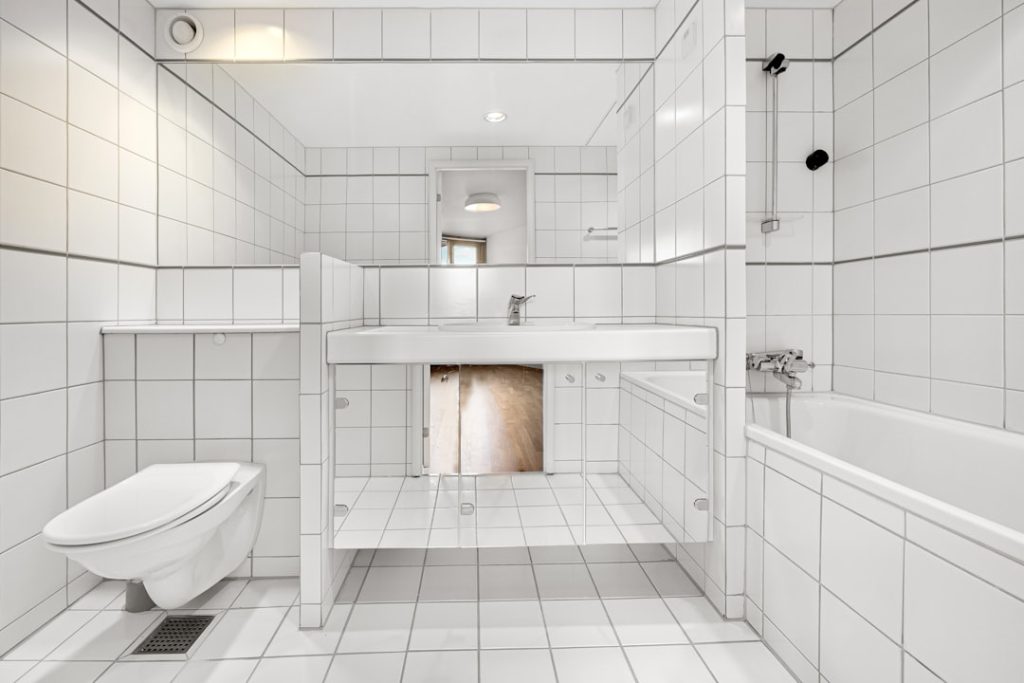Creating a budget is a fundamental step in any home improvement project, whether it’s a minor renovation or a complete overhaul. The first phase of planning your budget involves assessing your financial situation and determining how much you can realistically allocate to the project. This requires a thorough examination of your income, savings, and any potential financing options.
It’s essential to set a clear budget that not only covers the costs of materials and labor but also includes a contingency fund for unexpected expenses. A common recommendation is to set aside an additional 10-20% of your total budget for unforeseen costs that may arise during the project. Once you have a clear understanding of your financial limits, the next step is to prioritize your needs and wants.
This involves making a list of the essential elements of your project versus those that are more desirable but not necessary. For instance, if you are renovating a kitchen, you might prioritize new cabinets and countertops over high-end appliances. By distinguishing between must-haves and nice-to-haves, you can allocate your budget more effectively and ensure that the most critical aspects of your project are funded first.
This prioritization will also help you make informed decisions if you need to scale back on certain elements later in the process.
Key Takeaways
- Set a realistic budget by considering all potential costs and adding a buffer for unexpected expenses
- Research and compare the costs of different materials to find the best value for your project
- Factor in labor costs and installation fees when planning your budget for a home improvement project
- Don’t forget to include additional costs such as permits, delivery fees, and waste removal in your budget
- Explore budget-friendly design options such as alternative materials and DIY projects to save money on your home improvement project
Understanding the Costs of Materials
The cost of materials can vary significantly based on the type of project you are undertaking and the quality of materials you choose. For example, if you are remodeling a bathroom, the price of tiles, fixtures, and cabinetry can range from budget-friendly options to high-end luxury items. It’s crucial to research and compare prices from different suppliers to find the best deals without compromising on quality.
Many homeowners make the mistake of underestimating material costs, which can lead to budget overruns. Therefore, creating a detailed list of all required materials and their estimated costs is essential for accurate budgeting. In addition to the initial purchase price, consider the long-term value and durability of the materials you select.
Investing in higher-quality materials may result in lower maintenance costs and a longer lifespan, ultimately saving you money in the long run. For instance, while natural stone countertops may have a higher upfront cost compared to laminate, their durability and aesthetic appeal can enhance your home’s value significantly. Furthermore, it’s wise to account for any additional materials that may be needed for installation or finishing touches, such as adhesives, sealants, or paint.
By thoroughly understanding material costs, you can make informed choices that align with your budget while still achieving your desired aesthetic.
Labor Costs and Installation

Labor costs can often be one of the most significant expenses in any renovation project. Depending on the complexity of the work and the expertise required, labor rates can vary widely. For example, hiring a licensed electrician or plumber typically incurs higher costs than hiring general laborers for simpler tasks.
It’s essential to obtain multiple quotes from contractors to ensure you are getting a fair price for the work being performed. When evaluating quotes, consider not only the total cost but also the contractor’s experience, reputation, and timeline for completion. In addition to direct labor costs, it’s important to factor in any potential additional expenses related to installation.
This may include permits required by local authorities, which can vary based on your location and the scope of your project. Some projects may also require specialized equipment or tools that could add to your overall labor costs. For instance, if you are installing hardwood flooring, you may need to rent a nail gun or other equipment that could increase your expenses.
Understanding these labor-related costs upfront will help you create a more accurate budget and avoid surprises as your project progresses.
Additional Costs to Consider
| Cost Category | Description |
|---|---|
| Shipping | Cost of transporting goods to the desired location |
| Customs Duties | Taxes imposed on goods imported or exported across international borders |
| Insurance | Cost of insuring goods against damage, loss, or theft during transportation |
| Storage | Cost of storing goods in a warehouse or storage facility |
Beyond materials and labor, there are several additional costs that homeowners should consider when planning their budgets. One significant expense is the cost of permits and inspections required by local building codes. Depending on your location and the nature of your project, these fees can add up quickly.
It’s advisable to check with your local building department early in the planning process to understand what permits are necessary and their associated costs. Another often-overlooked expense is the cost of temporary accommodations or storage during renovations. If your project involves significant disruption to your living space, such as a kitchen remodel or bathroom renovation, you may need to consider alternative living arrangements or storage solutions for your belongings.
This could mean renting a storage unit or temporarily relocating to a hotel or rental property. These additional costs can significantly impact your overall budget if not planned for in advance.
Budget-Friendly Design Options
When working within a tight budget, there are numerous design options that can help you achieve a stylish look without breaking the bank. One effective strategy is to focus on cosmetic updates rather than complete overhauls. For example, instead of replacing all kitchen cabinets, consider repainting or refinishing them for a fresh look at a fraction of the cost.
Similarly, updating hardware such as knobs and pulls can dramatically change the appearance of cabinets without requiring extensive work. Another budget-friendly design option is to explore alternative materials that mimic high-end finishes at a lower price point. For instance, laminate countertops can provide a similar aesthetic to granite or quartz without the hefty price tag.
Additionally, using peel-and-stick wallpaper or decals can add visual interest to walls without the commitment or expense of traditional wallpapering methods. By being creative with design choices and exploring cost-effective alternatives, homeowners can achieve beautiful results while staying within their budget constraints.
Tips for Saving Money

There are several strategies homeowners can employ to save money during their renovation projects without sacrificing quality or aesthetics. One effective approach is to tackle some tasks yourself if you have the skills and time available. Simple tasks such as painting walls or installing fixtures can be done by homeowners with minimal experience and can lead to significant savings on labor costs.
However, it’s crucial to recognize your limitations; complex tasks should be left to professionals to avoid costly mistakes. Another way to save money is by shopping sales and taking advantage of discounts at local home improvement stores or online retailers. Many stores offer seasonal sales or clearance items that can provide substantial savings on materials and fixtures.
Additionally, consider purchasing gently used or surplus materials from local habitat for humanity stores or online marketplaces like Craigslist or Facebook Marketplace. These options often provide high-quality items at reduced prices, allowing you to stretch your budget further.
Hidden Costs to Watch Out For
While planning your budget, it’s essential to be aware of hidden costs that can arise unexpectedly during renovations. One common hidden cost is related to structural issues that may not be visible until work begins. For example, if you are renovating an older home, you may discover issues such as outdated electrical wiring or plumbing problems that require immediate attention and additional funds.
Conducting thorough inspections before starting any work can help identify potential issues early on. Another hidden cost often overlooked is the impact of design changes during the renovation process. It’s not uncommon for homeowners to change their minds about certain design elements once work has begun, leading to additional expenses for reordering materials or adjusting plans.
To mitigate this risk, it’s advisable to finalize design choices before commencing work and stick closely to those decisions throughout the project.
Finalizing Your Budget
Once you have gathered all necessary information regarding material costs, labor expenses, additional fees, and potential savings strategies, it’s time to finalize your budget. This process involves compiling all estimates into a comprehensive document that outlines each aspect of your project clearly. It’s beneficial to categorize expenses into sections such as materials, labor, permits, and contingencies for easy reference.
After finalizing your budget, it’s crucial to monitor expenses closely throughout the renovation process. Keeping track of spending against your budget will help you identify any areas where you may be overspending and allow you to make adjustments as needed. Regularly reviewing your budget will also help ensure that you stay on track financially and avoid any last-minute surprises as your project progresses toward completion.
By taking these steps and maintaining open communication with contractors and suppliers, you can navigate your renovation project successfully while adhering to your financial plan.



